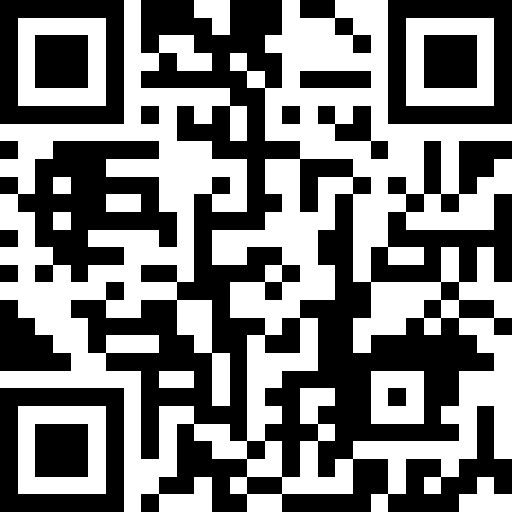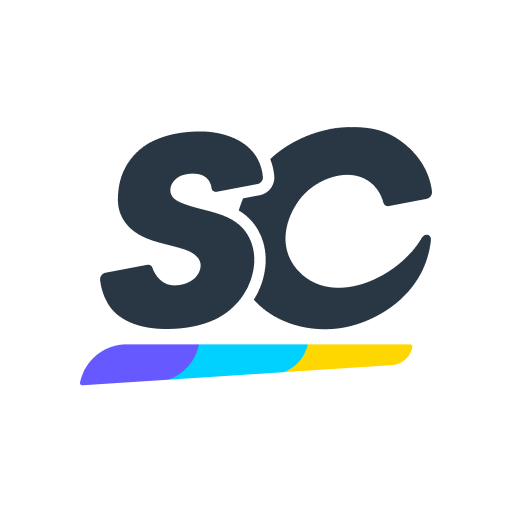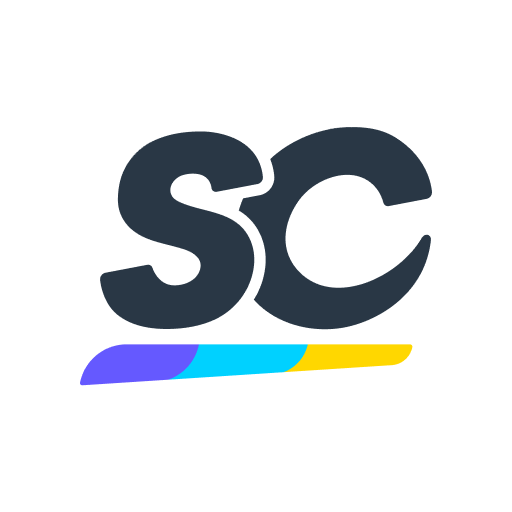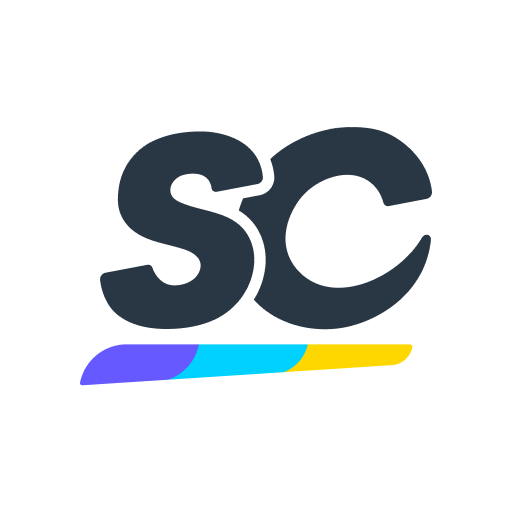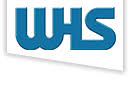SHE AUDIT DETAILS
-
Site conducted
-
Conducted on
-
Inspected by
-
Person In Charge
FORKLIFT, REACH TRUCK AND MANUAL HANDLING MATERIAL
-
Are defective forklifts/reach truck taken out of service and tagged “DO NOT USE”?
-
Are forklift/ reach truck inspection forms current and maintained in a file?
-
Are load limits clearly posted in the forklift/reach truck body?
-
Are forklift safe work instruction clearly posted in the area?
-
Are all operators trained and authorized (only trained driver allowed to operate forklift)?
-
Are ignition keys left on forklift when forklift not operate?
-
Is charging of electric batteries performed only in designated areas?
-
Are elevating devices used only within their capacity? (Pallet jack)
-
Is there any horse play when handling forklift/reach truck/ pallet jack?
-
Is there any driver using forklift/reach truck to carry person?
-
Is forklift and reach truck driver drive forklift within the acceptable speed limit (10-15km/h)?
RACKING/MATERIAL STACKING SYSTEMS
-
Is racking/pallet adequately supported/stable to avoid tipping/falling?
-
Is there at least two (2) feet clearance between stacked materials and ceiling light/fire sprinkler?
-
Is the material on pallet wrap fully to avoid material loose and fell down?
-
Are racks/material loaded only within the limit of capacity? (1000 kg per racking on 2nd and 3rd rack/stack, heavier loaded placed on floor)
-
Is there a racking guard install at each racking?
-
PERSONAL PROTECTIVE EQUIPMENTS
-
Is the required personal protective equipment worn? <br>(safety shoes, overall, hair cover, mask, ear plug/muff, etc)
-
When not in use, is personal protective equipment properly maintain/stored?
-
Does the PPE fit perfectly and no ware or tare notice?
-
FIRST AID ITEMS
-
Is there nearest first aid box for the work area?
-
Is the first aid box fully stocked, not expired, no consumable medicine stored?
-
First aider & first aid box are posted at the area?
-
Workers know how to get first aid when needed (ask a worker)
EMERGENCY EQUIPMENT & EMERGENCY PROCEDURE
-
Are all exit doors unobstructed? (no items stored in the pathway or doorway)
-
Are exit signs posted and properly illuminated to clearly indicate exits?
-
Are all exit doors able to be opened from the inside without special knowledge/keys?
-
Are all shutter or electric door can open manually when there is no electric?
-
Is emergency equipment (fire hose, break glass alarm, fire extinguisher) are unobstructed?
-
Is there a clear emergency plan layout posted?
-
Do all workers know the plan?
-
Are drills held regularly and cover both shift?
ELECTRICAL SAFETY
-
Is there at least three (3) feet or 1 meter clearance in front of electrical panels/breaker boxes?
-
Are rubber mat installed at electrical box/panels?
-
Are “BAHAYA/ WARNING 415 VOLTAN” signage installed at electrical panel?
-
Extension cords are secured and in good condition (no exposed wires or bent prongs?)
-
Are all used hand tools are kept neatly?
-
Plug and socket is turn off when not in used and neatly kept?
-
Is there no entangle wires that can cause trip?
-
Is the electrical panel/box free from dust that could cause fire hazards?
-
Is the electrical panel/box close/ lock and can be access by authorised person only?
ENVIRONMENTS & ERGONOMICS
-
Noise levels appropriate, signs indicting hearing protection required where noise levels are high?
-
Is the level of light adequate for safe and comfortable performance of work?
-
Is the air quality, temperature and humidity comfortable and safe to work?
-
No sign of high/heavy vibration at work area?
-
Are all ergonomics issues reported to safety?
-
Are there any other areas of concern either from your observations or employee complaints?
GENERAL HOUSEKEEPING
-
Is good housekeeping practiced in work area (Materials are neatly and safely stored, Is it free of debris, combustibles, obstructions?)
-
Are aisles and pedestrian walk kept clear of obstructions?
-
Is storage adequately supported/stable to avoid tipping/falling?
-
Is there at least two (2) feet clearance between stacked materials and ceiling light?
-
Storage shelves are loaded only to capacity and heavy, awkward items are lower
MACHINERY
-
Is guarding appropriate, in place, SECURED and prevents access to hazards?
-
Start/Stop switches clearly marked and easy to reach?
-
Are emergency stops button and warning devices identified and working?
-
Appropriate hazard warning signs are installed?
-
Manufacturers’ manuals available for all tools and machinery
-
Proper training given in the safe use of tools and machinery
-
Safe Work Instruction (SWI) installed near the machine
CHEMICAL STORAGE
-
Has the safety data sheet (SDS) is accessible at chemical usage area for review?
-
Is appropriate PPE used for that product? (safety goggles, safety boots, nitrile glove, mask)?
-
Is chemical store separate from other materials and kept locked?
-
Is chemical container free from leaks or damage?
-
Are containers stored in secondary containment where necessary?
-
Are all chemicals labelled, and are missing or damaged labels replaced immediately? (including oil and water need to be labelled)
-
Is chemical spill kit immediately available? Are the quantity adequate?
-
Is the ventilation for the storage area adequate for the products stored within?
-
Is emergency eyewash available at chemical store?





